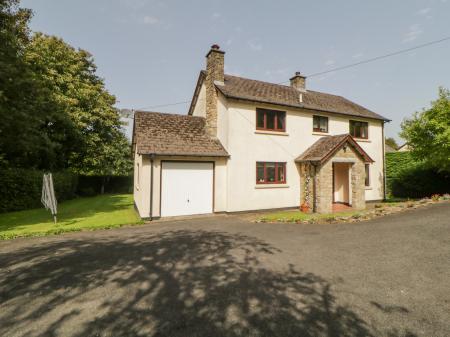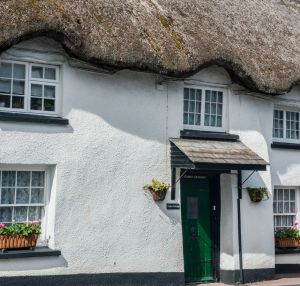
The village is known to geologists for the Sticklepath Fault, which runs from Torbay to Bideford Bay. The Fault was produced by tectonic activity during the Tertiary period, between 56 and 23 million years ago.
The village dates to at least the 11th century and grew up beside the River Taw. The village was on the main road from Exeter to Cornwall. One man who travelled that road more than once was John Wesley, the founder of Methodism. Wesley stopped in Sticklepath and preached an open-air sermon from White Rock, just west of the village.
Non-conformist worship seems to have been popular in the area, and Sticklepath was home to over 200 Quakers in the 18th century. Behind Finch Foundry, near the River Taw, is a dedicated Quaker burial ground.
The most popular visitor attraction is Finch Foundry, a water-powered 19th century forge now cared for by the National Trust. The mill machinery has been completely restored and there are regular demonstrations of how the forge used water to provide the power for making a huge range of iron tools, from axes to hammers, and scythes to shovels.
I've visited the Foundry, and it was fascinating to listen to the thunderous noise of the water-powered hammers in operation. According to the tour guide, the sound of the hammers would shake houses throughout the village.
Another local attraction is the Bowden Hostas nursery, open year-round. Bowden is the official hosta supplier to the royal family. Their gardens are open to the public on weekends, or at other times by arrangement.
There was a chapel in Sticklepath as early as 1146, established as a chantry, to say prayers for the souls of the founder and his family. The chapel was known to be thatched, with cob walls. The chapel was replaced in 1875 by St Mary's church.
The only surviving feature from the medieval chapel is a fragment of coloured stone which might have formed part of a statue of Mary. Aside from that the best features are the stained glass windows; that in the west window was given in 1913 by John Cook in memory of his parents, while the east window commemorates George Henry and Mary Jackson, who died in 1871.
There are two popular pubs serving visitors. The Devonshire Inn is a thatched 16th-century pub, and the Taw River Inn is a traditional village pub with an attractive beer garden.
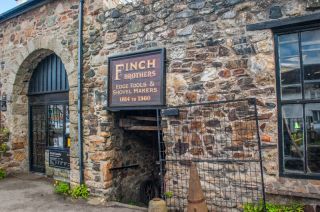
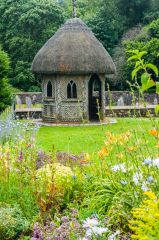
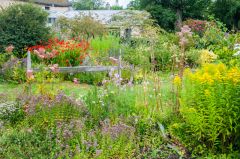
 We've 'tagged' this attraction information to help you find related historic attractions and learn more about major time periods mentioned.
We've 'tagged' this attraction information to help you find related historic attractions and learn more about major time periods mentioned.

